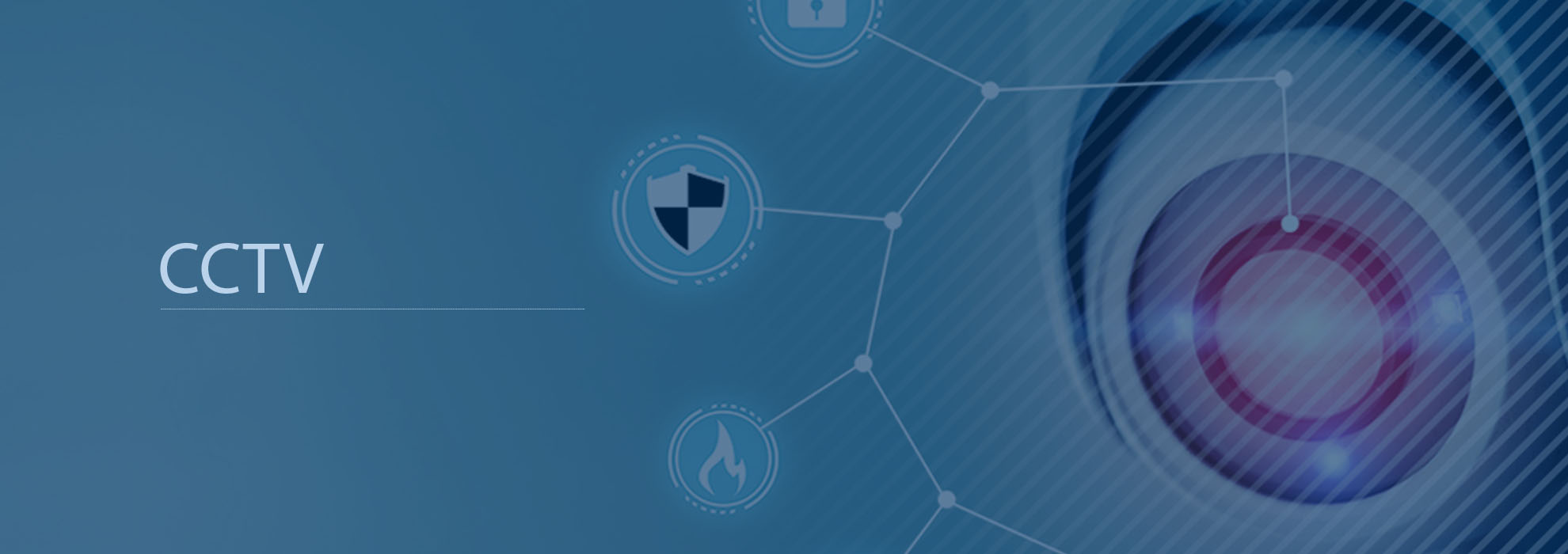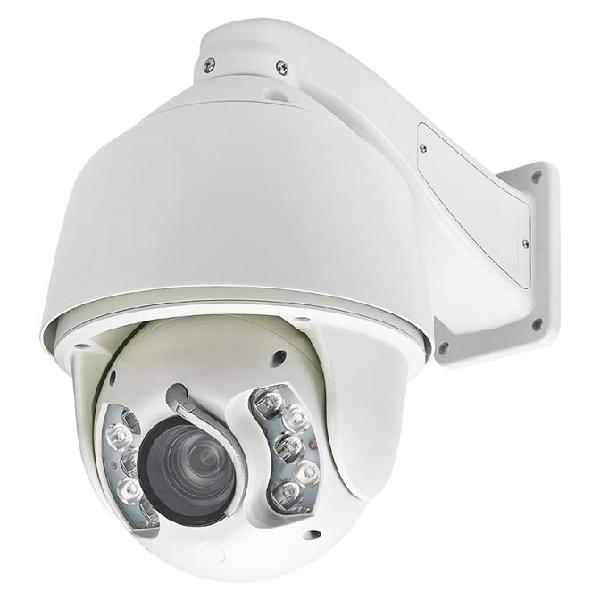
CCTV
Closed Circuit Television is a system in which signals are not publicly distributed but are monitored, primarily for surveillance and security purposes. In modern society, it has become essential to protect our businesses with state-of-the-art surveillance systems. It is a sad reality, but reality none-the-less.
CCTV relies on strategic placement of cameras, and observation of the camera’s input on monitors somewhere. Because the cameras communicate with monitors and/or video recorders across private coaxial cable runs or wireless communication links, they gain the designation “closed-circuit” to indicate that access to their content is limited by design only to those able to see it.

- CCTV is commonly used for a variety of purposes, including:
- Maintaining perimeter security in medium- to high-secure areas and installations.
- Observing behavior of incarcerated inmates and potentially dangerous patients in medical facilities.
- Traffic monitoring.
- Overseeing locations that would be hazardous to a human, for example, highly radioactive or toxic industrial environments.
- Building and grounds security.
- Obtaining a visual record of activities in situations where it is necessary to maintain proper security or access controls (for example, in a diamond cutting or sorting operation; in banks, casinos, or airports).
- CCTV is finding increasing use in law-enforcement, for everything from traffic observation (and automated ticketing) to observation of high-crime areas or neighborhoods. Such use of CCTV technology has fueled privacy concerns in many parts of the world, particularly in those areas in the UK and Europe where it has become a routine part of police procedure.
